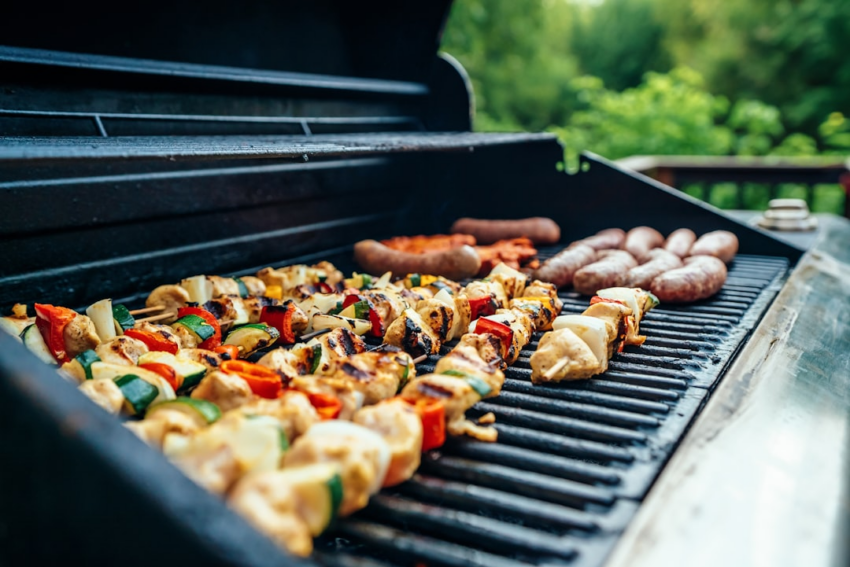Selecting between baby back and spare ribs depends on your BBQ preferences. Use a dry rub blend of paprika, garlic, chili powder, brown sugar, cumin, and peppercorns for infused flavors. Preheat grill to 400-450°F (200-230°C), use indirect heat with a smoker box, baste with BBQ sauce, and cook slowly for tender results. Enhance taste with sauces or glazes during the last half of grilling. Rest ribs for 5 minutes post-cooking to redistribute juices. Pair with sides like coleslaw, corn on the cob, baked beans, and charred veggies for a complete BBQ experience.
Unleash your inner BBQ master with the ultimate guide to crafting perfect, mouthwatering barbecue ribs! From choosing the ideal cut for that tender, juicy texture to mastering the art of dry rubs and grilling techniques, we’ve got you covered. Learn the secrets to slow-cooking ribs to perfection, experimenting with sauces, and resting them for maximum flavor. Plus, discover complementary side dishes that’ll elevate your BBQ rib recipe to a whole new level. Get ready to impress your taste buds—and your guests!
- Choosing the Right Cut for BBQ Ribs
- Dry Rub Magic: Seasoning Secrets
- Mastering the Grill: Cooking Techniques
- Slow and Steady: The Importance of Time
- Sauces and Glazes: Adding Flavor
- Rest and Relax: Letting Ribs Set In
- The Perfect Pairings: Side Dishes Complementary to Ribs
Choosing the Right Cut for BBQ Ribs
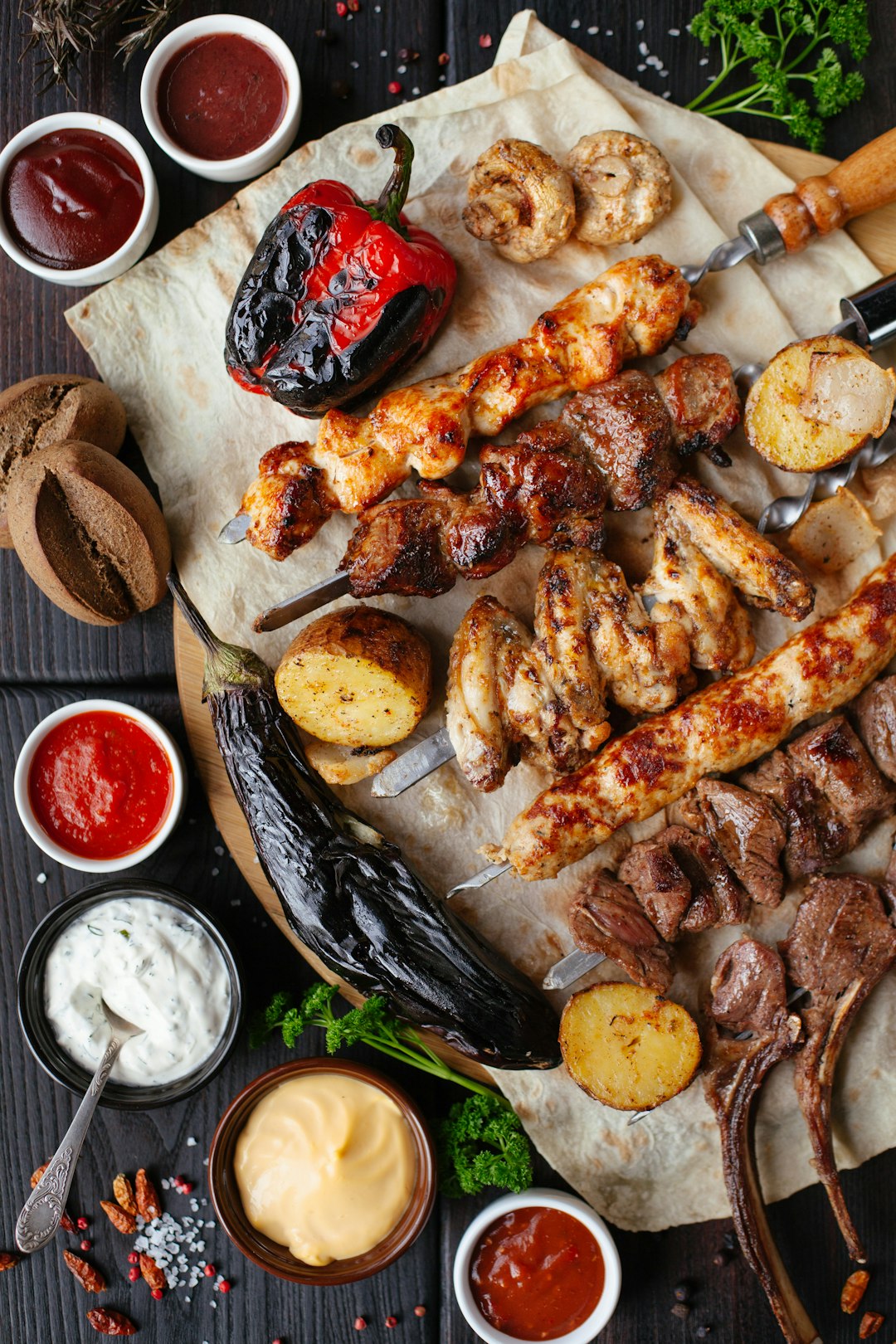
When it comes to crafting mouthwatering barbecue ribs, selecting the ideal cut is a crucial first step. Opt for rib cuts with substantial marbling and a good balance of meat to bone, such as baby back or spare ribs. These cuts ensure that your ribs remain tender and juicy during the slow-cooking process.
Choosing the right rib cut also influences the flavor profile. Baby back ribs, with their smaller size and less fat, offer a delicate taste, while spare ribs provide a richer, more robust flavor due to their higher fat content. Consider your preferred cooking method and desired outcome when deciding between these two popular choices for an unforgettable BBQ ribs recipe.
Dry Rub Magic: Seasoning Secrets
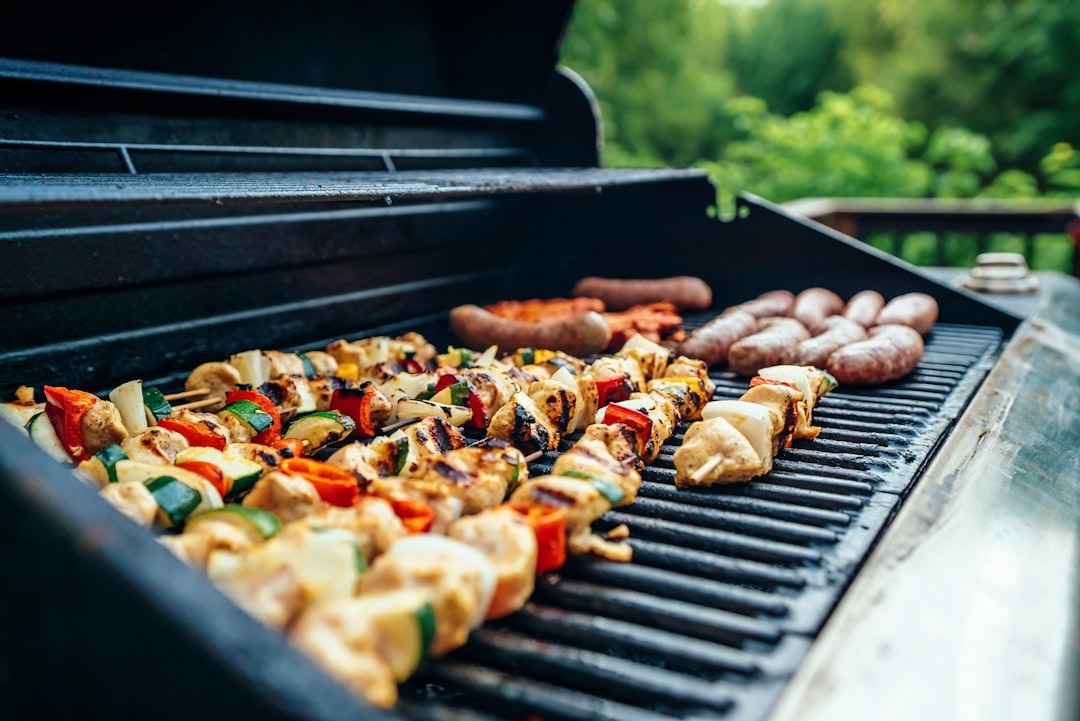
The key to unlocking the true potential of your BBQ ribs lies in mastering the art of dry rubbing. A well-crafted dry rub isn’t just about salt and pepper; it’s a blend of spices designed to penetrate the meat, enhancing its natural flavors. This magic mix typically includes a combination of paprika, garlic powder, brown sugar, chili powder, cumin, and black peppercorns.
Each spice contributes something unique: Paprika adds a smoky flavor, while garlic and chili powders deliver a punchy heat. Brown sugar not only balances the heat with its sweetness but also helps to caramelize and brown the ribs during grilling. The rub should be applied liberally to both sides of the ribs before they hit the grill, allowing the flavors to deeply infuse as they cook, resulting in tender, mouthwatering BBQ ribs every time.
Mastering the Grill: Cooking Techniques
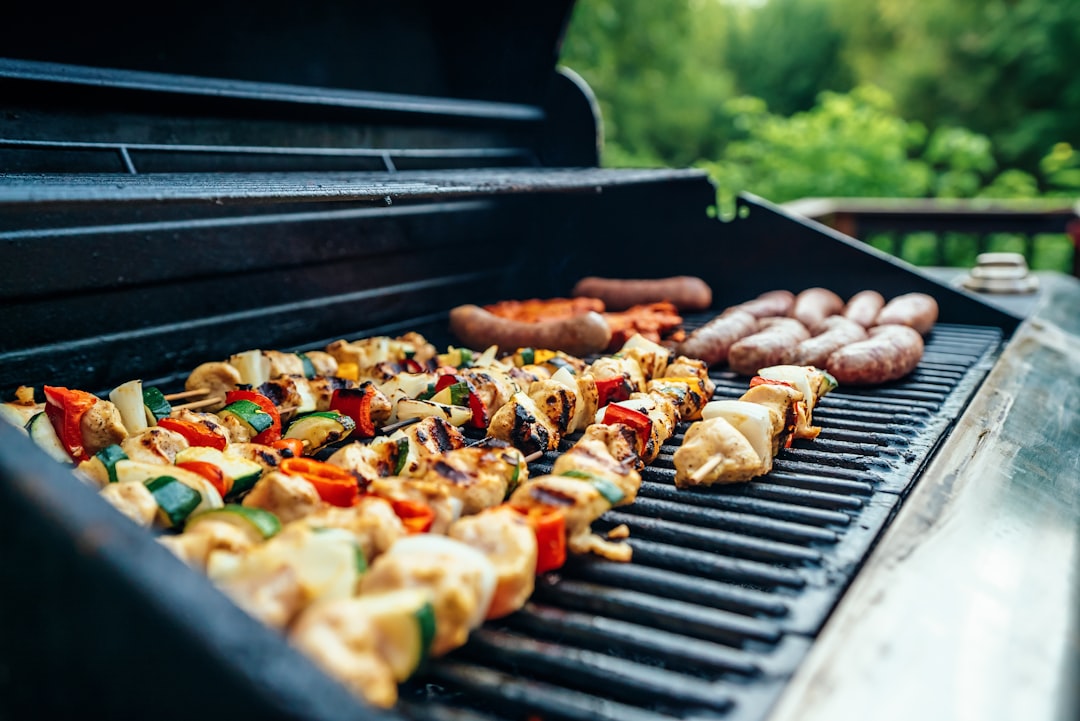
Mastering the art of grilling is key to achieving perfect BBQ ribs every time. The trick lies in understanding and controlling heat. For a mouthwatering result, start by preheating your grill to a medium-high temperature, around 400-450°F (200-230°C). This initial heat sears the surface of the ribs, locking in that delicious smoky flavor.
When grilling BBQ ribs, indirect heat is your friend. Place them on one side of the grill and use the other side for direct heat, like a wood chip smoker box. This method ensures even cooking, allowing the ribs to slowly cook until tender. Regularly baste with your favorite BBQ sauce to keep them moist and add that distinctive sweet and savory flavor.
Slow and Steady: The Importance of Time
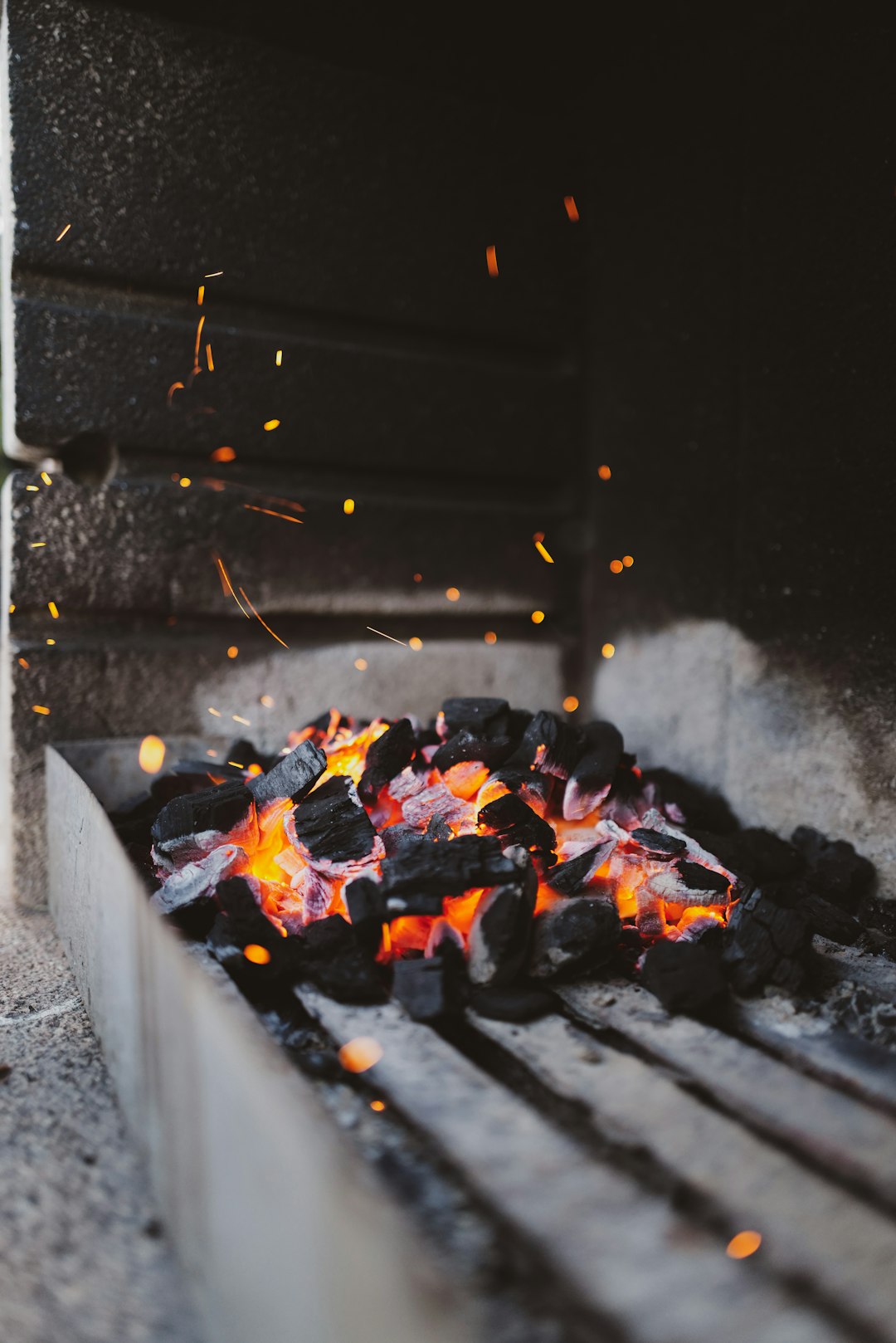
Creating perfect barbecue ribs isn’t a quick process—it’s an art that rewards patience and precision. The beauty of slow cooking lies in its ability to tenderize tough cuts of meat, like ribs, through consistent low heat. When grilling BBQ ribs, this means setting your grill to a gentle simmer rather than a high flame. Time is your ally here; the longer you cook, the more the collagen in the meat breaks down, resulting in tender, succulent ribs.
This slow and steady approach ensures that the flavors also penetrate deeply into the meat. The key is not to rush but to maintain a consistent cooking temperature, allowing the natural juices to slowly caramelize and reduce, creating a rich, saucy glaze. This process takes time, but the end result—fall-off-the-bone ribs—is well worth the wait.
Sauces and Glazes: Adding Flavor
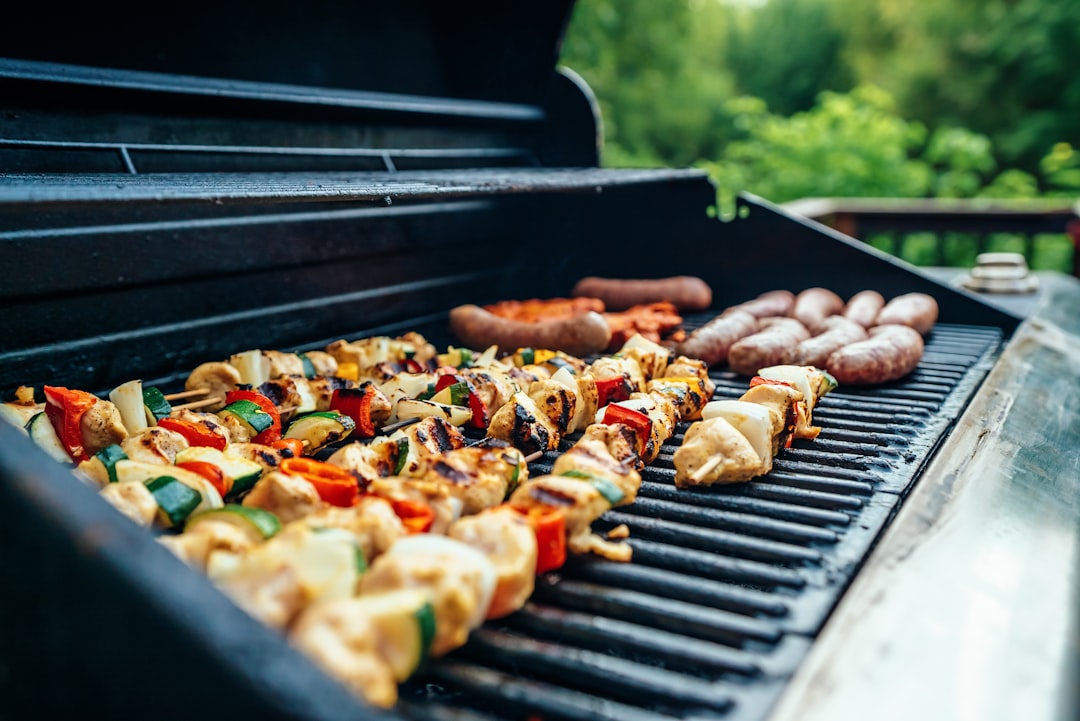
Adding sauce or glaze to your barbecue ribs is an art that can elevate your dish from good to exceptional. Sauces and glazes aren’t just for sweetness; they contribute depth and complexity to the flavor profile, balancing the smoky, savory notes of the ribs themselves. When choosing a sauce, consider what kind of taste you want to highlight—a tangy ketchup-based sauce, a rich and creamy BBQ, or perhaps a sweet and spicy blend.
During the grilling process, timing is key when applying sauces. A common technique is to baste the ribs with sauce during the last half of cooking, allowing the sugar in the sauce to caramelize and create a sticky, glossy finish that seals in the flavor. Experimenting with different combinations of sauces and glazes can be part of what makes each barbecue rib experience unique, so feel free to get creative with your choices based on personal preference or traditional recipes from your region.
Rest and Relax: Letting Ribs Set In
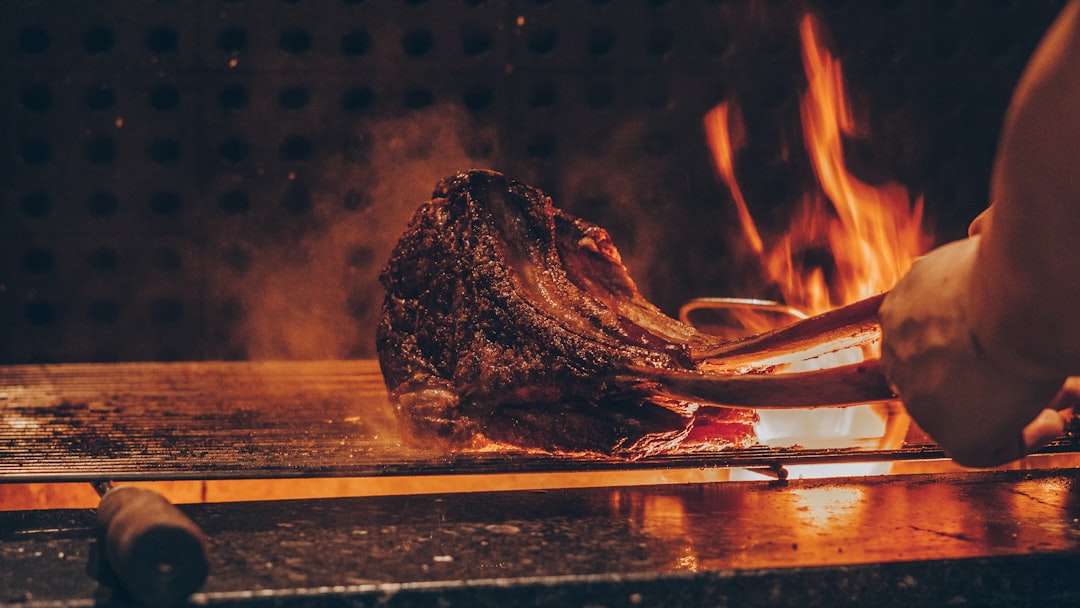
After cooking your barbecue ribs on the grill, it’s crucial to let them rest and set in for a few minutes before slicing. This resting period allows the juices to redistribute throughout the ribs, ensuring each bite is tender and flavorful. During this time, the internal temperature of the ribs gradually decreases, preventing overcooking and maintaining their juicy texture.
Resting also gives your ribs a chance to develop a richer flavor profile. The slow release of moisture and the reabsorption of juices create a delectable, melt-in-your-mouth experience. Whether you’ve grilled them low and slow or at a higher temperature, this simple step can elevate your bbq ribs recipe to new heights, making every slice a perfect, succulent delight for your taste buds.
The Perfect Pairings: Side Dishes Complementary to Ribs
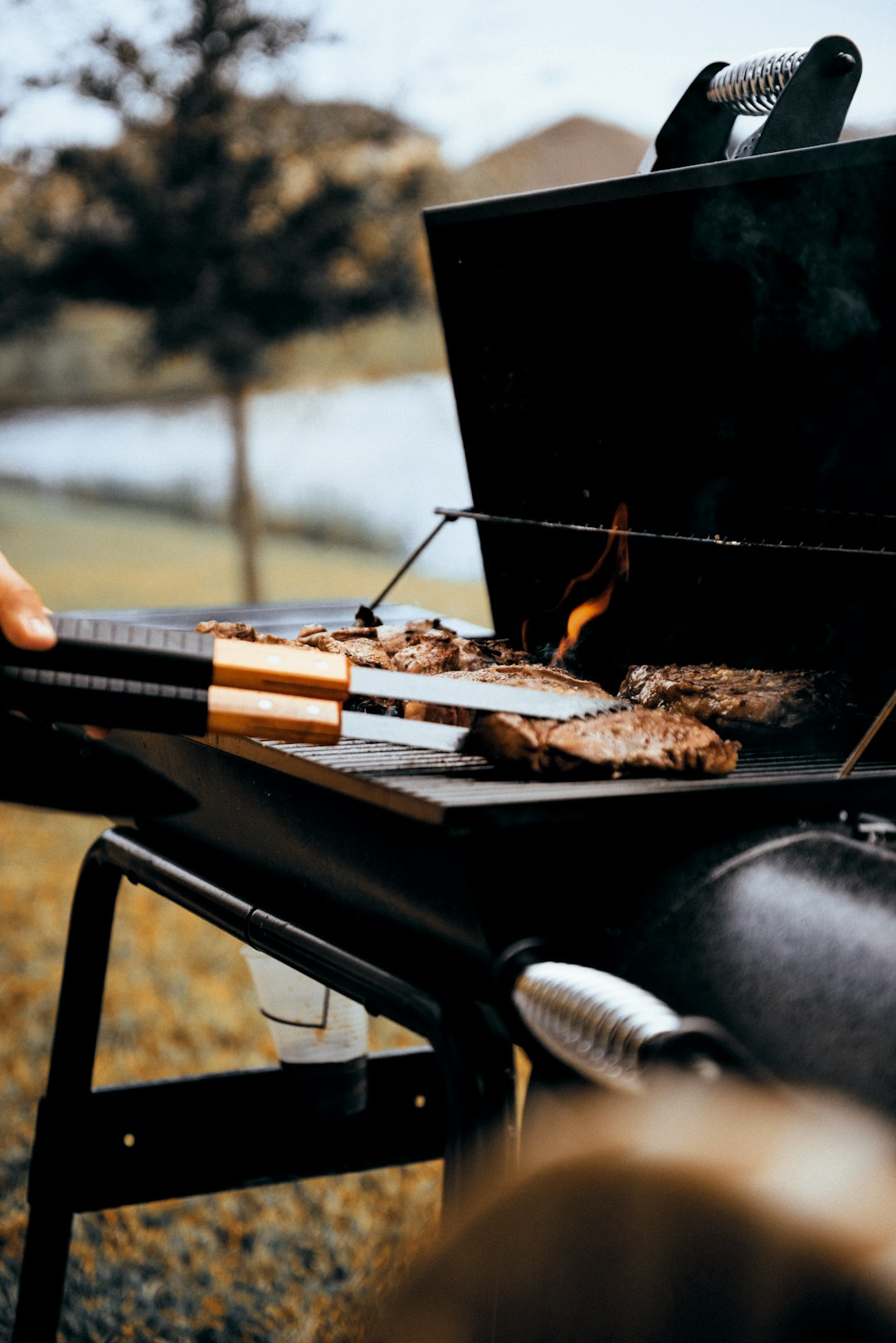
The perfect barbecue ribs are only as good as the sides that accompany them. When it comes to grilling your bbq ribs recipe, consider classic pairings that enhance and complement the smoky, tender meat. A simple coleslaw brings a refreshing crunch and balances the richness of the ribs, while corn on the cob adds a touch of summery sweetness. Baked beans, another favorite side dish for many, pair wonderfully with ribs due to their saucy texture and sweet flavor notes that mirror the rib rub.
For a more robust option, consider grilled vegetables like zucchini or bell peppers. Their charred flavors meld nicely with the smoky ribs, creating a well-rounded dining experience. Don’t underestimate the power of a good bread, either—a freshly baked baguette or a crispy roll can soak up any lingering sauces and provide a textural contrast to each bite of your mouthwatering bbq ribs.
